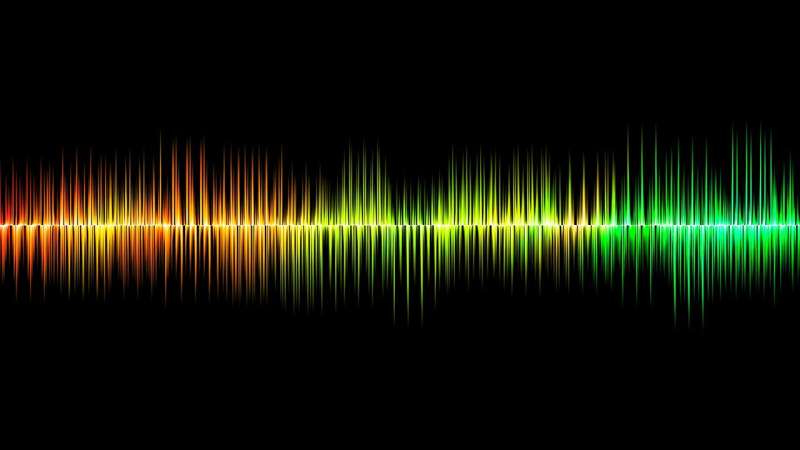Explore how scientists are using sound to revive degraded ecosystems, from boosting beneficial soil microbes to attracting marine life. Discover the surprising ways that sound can aid in restoring natural systems, from biodiversity to ecosystem recovery.

Reviving Nature with Sound
Fighting against the clock to save our natural landscapes, researchers have stumbled upon a novel way to help: sound. This is why ecologists are turning to sound to re-seed the soundscape of degraded ecosystems, from oyster beds to coral reefs.
As a result, he started working on an innovative idea to allow him to monitor these habitats more effectively via sound with an interesting premise: Because healthy ecosystems have their own unique “soundscapes” — the natural sounds of animal calls and flowing water, for example. Creating these soundscapes has stimulated growth, reproduction, and sometimes communication across many species or groups of organisms according to researchers. Ishibashi’s tape is an intriguing example of the deep entanglement of sound in natural system functionality.
Stimulating MoreGood Soil Microbes
So, the lab’s new research has worked to take this sound-based restoration one step further — capitalizing on how it can be used to support good soil microbiology. These microbes are important for plant health, including nutrient availability and disease resistance. But in degraded soils, this network goes awry and may prevent an ecosystem from recovering.
In these studies, the team exposed a beneficial fungus associated with plant roots to high-frequency white noise — reminiscent of the static occurring between radio stations. The data did not disappoint — the sound energized the fungi, raising their growth rate by over 7 times and spore production by more than 4 times in comparison with speaker-free control. This discovery hints that sound could be a potent way to reestablish the microbes vital for resilient and robust ecosystems.
Albums in the “Biodiversity Jukebox”
With that success to draw on, the researchers are now imagining a “biodiversity jukebox” — a collection of custom soundscapes designed to help restore everything from wetlands and forests to grasslands. They believe that sound — by amplifying the right sonic cues that draw in wildlife and foster growth, and also help re-establish connections between species — could serve as a low-impact, low-cost way of restoring ecosystems.
In an era of simultaneous climate change and biodiversity loss, the power of sound to heal is heartening. Spending my life in nature photography: the idea that healing nature with sound has even a small potential for usefulness is hugely encouraging. Perhaps the future of restoration will be defined as much by what we can hear, as see.
